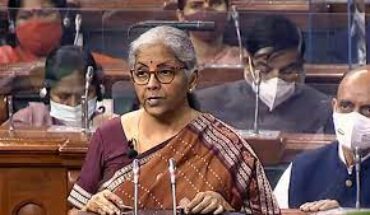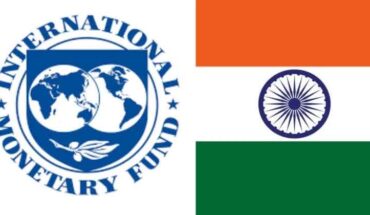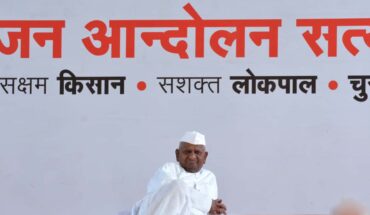The war in Ukraine has brought to the fore the plight of Indian students, many of them pursuing medicine. Amidst the turmoil, Prime Minister Narendra Modi, at a webinar on the Union Budget announcements on the health sector, stated that many young Indians were going to “small countries of the world for medical education” and, therefore, the private sector should be encouraged, along with cooperation from States, to set up more medical colleges and hospitals locally so that such aspirants remain in India. His remarks are well-meaning, but the dynamics of India’s medical education system are complex. The most sought-after international destinations — traditionally, for medical education the U.S., the U.K. and a few west European countries — are, however, too expensive for most Indians. In the last few decades, Russia, China (countries larger than India) and Ukraine (one of Europe’s largest countries), with their historical commitment to public health care have been able to offer more affordable, yet quality, education. India’s huge population still continues to be predominantly rural, but most of the trained medical doctors, paramedics and nurses gravitate towards cities for well-known reasons. The very nature of medical education, an empirical field, requires significant infrastructure all of which are in short supply and uneven in their spread. The Government needs to make health care the centrepiece of its economic rebuilding. The anaemic spending on health is not unique to this government; for several years, India’s spend on health care has consistently trailed several countries comparable to its size which is why there is barely one doctor for every 1,000 Indians and specialists often a tenth of what is required. Without correcting these deficiencies, India cannot expect to dramatically increase the availability of medical personnel.





